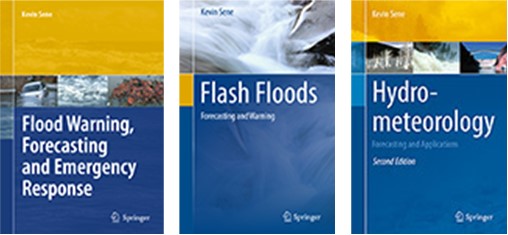A G5 (extreme) geomagnetic storm
A few weeks ago, I posted an article called The elusive Northern Lights with a lament about the lack of sightings this year, only to see them not long after. The capricious Northern Lights might have been a better title and on Friday this week they surprised again with the most incredible display for more than twenty years, a truly remarkable sight!
The first confirmation that something special was about to happen came from satellite observations in the early evening but even by 8pm experts still weren’t convinced that the display would be as spectacular as the media were suggesting. The signs were promising though and with clearing skies and little moonlight it seemed worth driving out to a potential viewpoint with darker skies.
We decided on a place near Dunbar in southeast Scotland that we’d visited before and on arriving at around 11pm several spectators were already there. Indeed, soon after parking someone in the distance exclaimed that their friend should get out of the car immediately to see the amazing sights around. We couldn’t see what they were on about because we were looking north as usual until a couple of photographers said we should look up and there the lights were.

Barns Ness Lighthouse near Dunbar, May 2024
As our night vision improved, more details came into focus and before long we were seeing wide bands of light arching down to the horizon in all directions. The colours became clearer too, moving from white at first to green and then bursts of pink and purple, visible both to the eye and much more vividly on camera.
That marked the start of an extraordinary couple of hours with one of the highlights being a dramatic starburst effect almost overhead, which some people call a crown or corona.

A burst of lights almost directly overhead, near Dunbar, May 2024
It was only as the lights seemed to dim slightly that they shifted more to the north, forming a dramatic green arc but with streaks of light still appearing all around.

The lights turned more green as they moved more to the east and north, seen near Dunbar, May 2024
Reports the following morning confirmed that the auroral oval had travelled unusually far south giving a view normally only seen from arctic regions. In the UK, sightings were reported down to Kent and north Cornwall while in Europe countries with sightings included Germany, Austria and Switzerland. In the USA, unusually southerly sightings included examples from Florida, Texas, Arizona and California and the Aurora Australis reportedly put on a good display in Australia and New Zealand.
Space weather observations and models confirmed that a rare G5 (Extreme) geomagnetic storm had occurred, the strongest since October 2003. This was caused by a succession of Coronal Mass Ejections (CMEs) striking the atmosphere as they sped past, with some combining before reaching Earth.
The CMEs originated from solar flares emanating from an unusually large and complex cluster of sunspots whose size was estimated at about 17 times the diameter of the Earth. For the benefit of Northern Lights aficionados, other key NOAA statistics included a peak Kp of 9, a peak solar wind speed of more than 800 km/s and GOES Bz values reaching about -50nT. The G5 level was reached again briefly the following morning.
As I’ve often thought before, we really are privileged nowadays to have such an array of satellite and ground-based observations and computer model outputs available to improve our chances of seeing the aurora, which if you’re familiar with the classic film Local Hero certainly weren’t around when it was shot.
Happer: What about the sky?
Mac: Sky sir? It’s amazing, I wish you could see it! I wish I could describe it to you like I’m seeing it!
From the Northern Lights scene in Local Hero, written and directed by Bill Forsyth, 1983
Further Reading
From the author
Spectacular Britain, Kevin Sene, Bloomsbury, 2024, with tips for non experts on spotting the Northern Lights and scientific insights into why they occur. Link
Nature’s tidings (2024) The elusive Northern Lights: Chasing the Mirrie Dancers. Link
General
BBC (2024) Northern Lights stun UK in spectacular display. Link
Local Hero: Making a Scottish Classic, Jonathan Melville, Polaris, 2022
NOAA (2024) G5 conditions observed! Link
NPR (2024) Photos: See the Northern lights from rare solar storm. Link
Notes
All times are in UK local time, which is 1 hour ahead of UTC at this time of year.
All photographs copyright Kevin Sene
Post first published on Nature’s tidings, 12/5/24 – please subscribe for more content like this!
